


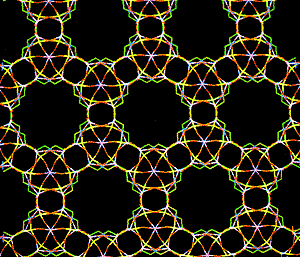
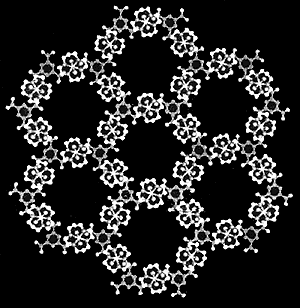
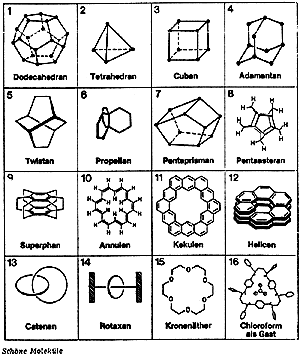
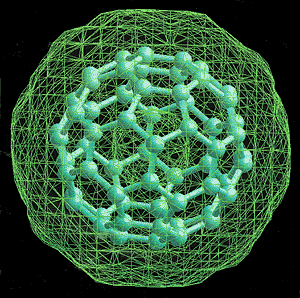
 |
||||||||
 |
||||||||
 |
||||||||
 |
||||||||
 |
||||||||
 |
||||||||
 |
||||||||
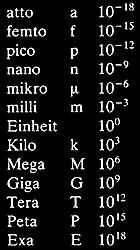
In 1912, Max von Laue used natural crystals as a diffraction grid for X-rays. This demonstrated experimentally for the first time the correctness of the crystal structure theory, according to which the crystal is a three-dimensionally periodic discontinuation of elementary particles as well as atoms.
If, for example, X-rays are passed through an object in different directions, such as in this case through the same zink blende (sphalerite) crystal, different patterns of interference are obtained, these being both parallel to the edge of a cube having a four fold symmetry (a- position) and parallel to the spatial diagonal of the same cube having a three fold symmetry (b- position).

This proved:
This is an analogy to my discovery in 1959 concerning the positions in spatial structures, which recognized all configurations of flat grids published or constructed at that time as constituting an order of the same spatial lattice, which I defined via the cube as being the only Platonic solid packable within itself in a gapless manner and the only prism among the Platonic solids having the positions:
a- standing on one of its faces
b- standing on one of its vertices
g- standing on one of its edges,
which I call "face down"(a) , "vertex down"(b) and "edge down"(g) .
Position is particularly important for a macrostructure within a field of gravity, as its static behaviour and usability differ between those useable areas which are, as a rule, horizontal, and those requiring a vertical partition of space according to the direction of gravity in relation to the structure.